
Body Coverings
Body Coverings
Organisms need to block out potentially dangerous elements and retain moisture.
Learning Objective: Describe the various body coverings found in animal species and relate to shared proteins.
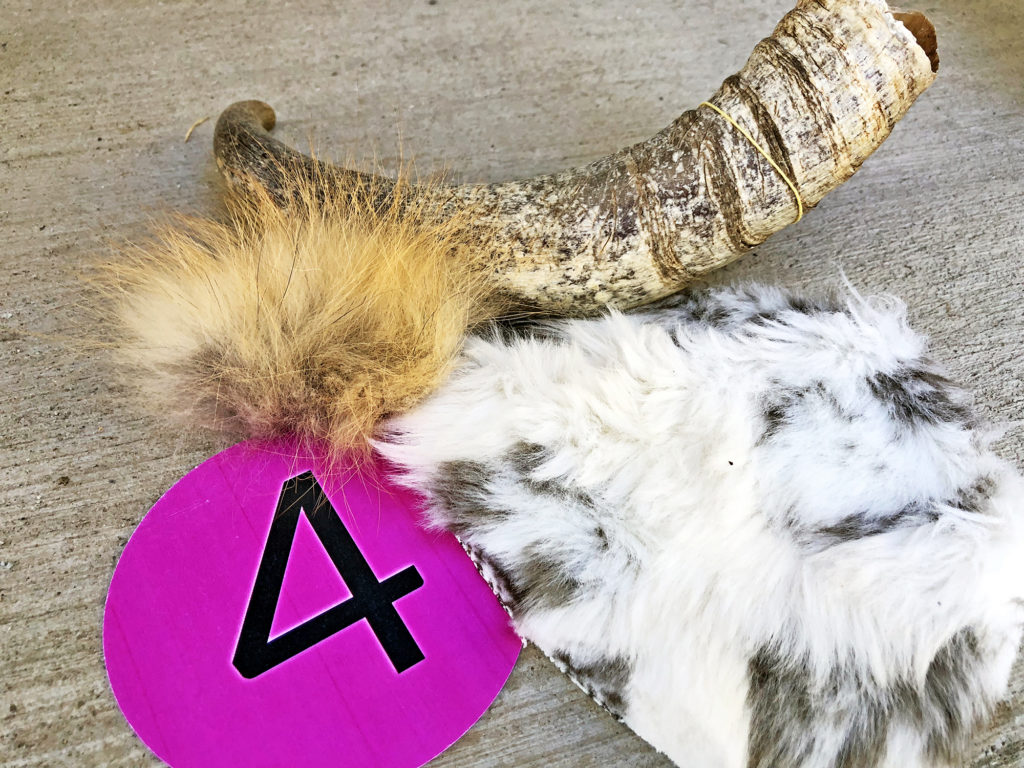
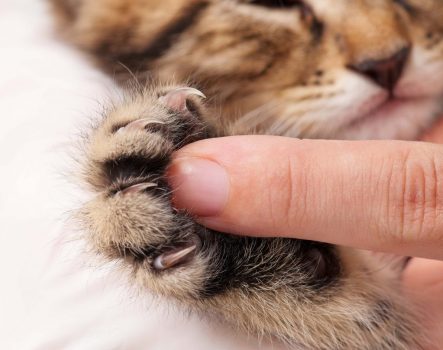
Animals have a range of body coverings, from the exoskeletons of arthropods to the shells of mollusks.
The vertebrate integumentary systems includes skin, hair (fur), scales, feathers, nails, and talons.
This video introduces the basic layered structure of skin in humans and many vertebrates.
Watch this video; you can select the closed captioning “cc” option if you would like to see the text.
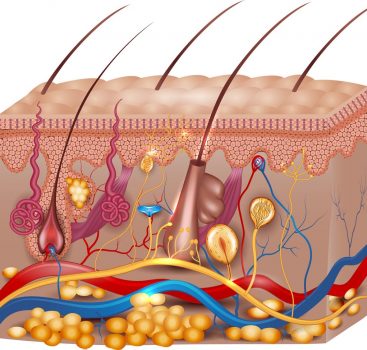
The layered structure of skin relates to its function. The outer layer protects the underlying layers and insulates with hair. The inner layer contains vessels, sweat glands, sensory receptors, and more.
Similar skin proteins are found across vertebrate animal species.
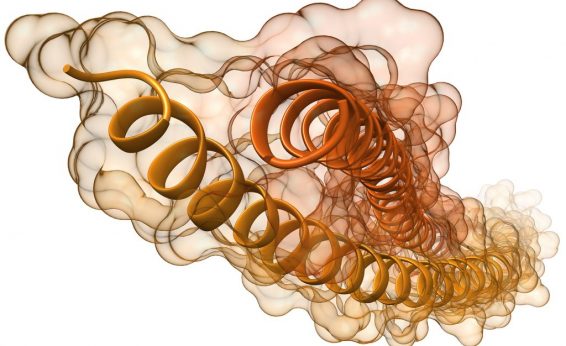
Keratin
Strong and impervious to water, coiled keratin is found in hair, feathers, hoofs, claws, and horns. The keratin protein stacks together, analogous to the shingles on the roof of a house.
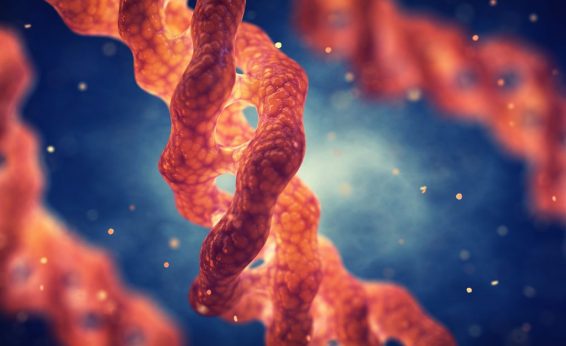
Collagen
The most abundant protein in animals, collagen is flexible and strong with a triple helix shape. The protein can bend and not break, so you can pinch your skin and not do significant damage.
Sometimes the proteins coded for by genes impacts the cells ability to make other materials like Vitamin C or the pigment melanin. Two recessive alleles for an albino gene shuts down another series of genes related to the production of melanin in this albino frog.
Furs, either real or replica, give indications of the important functions of hair in mammals, including insulation and camouflage.
Fur traces are evidence of mammalian activity. This video models some of the traces you may find.
Porcupine quills are specialized hairs covered in thick layers of keratin. Porcupines can not “shoot” these in defense as previously thought, but the quills do detach easily.
Anyone with a pet mammal has an opportunity to study plenty of hair and dead skin cells. Some people collect the hairs and make them into felt, similar to collecting wool from sheep. Don’t believe us? Check out the books on the resource page.
The next section is a closer look at the most complex integumentary structures: feathers.











